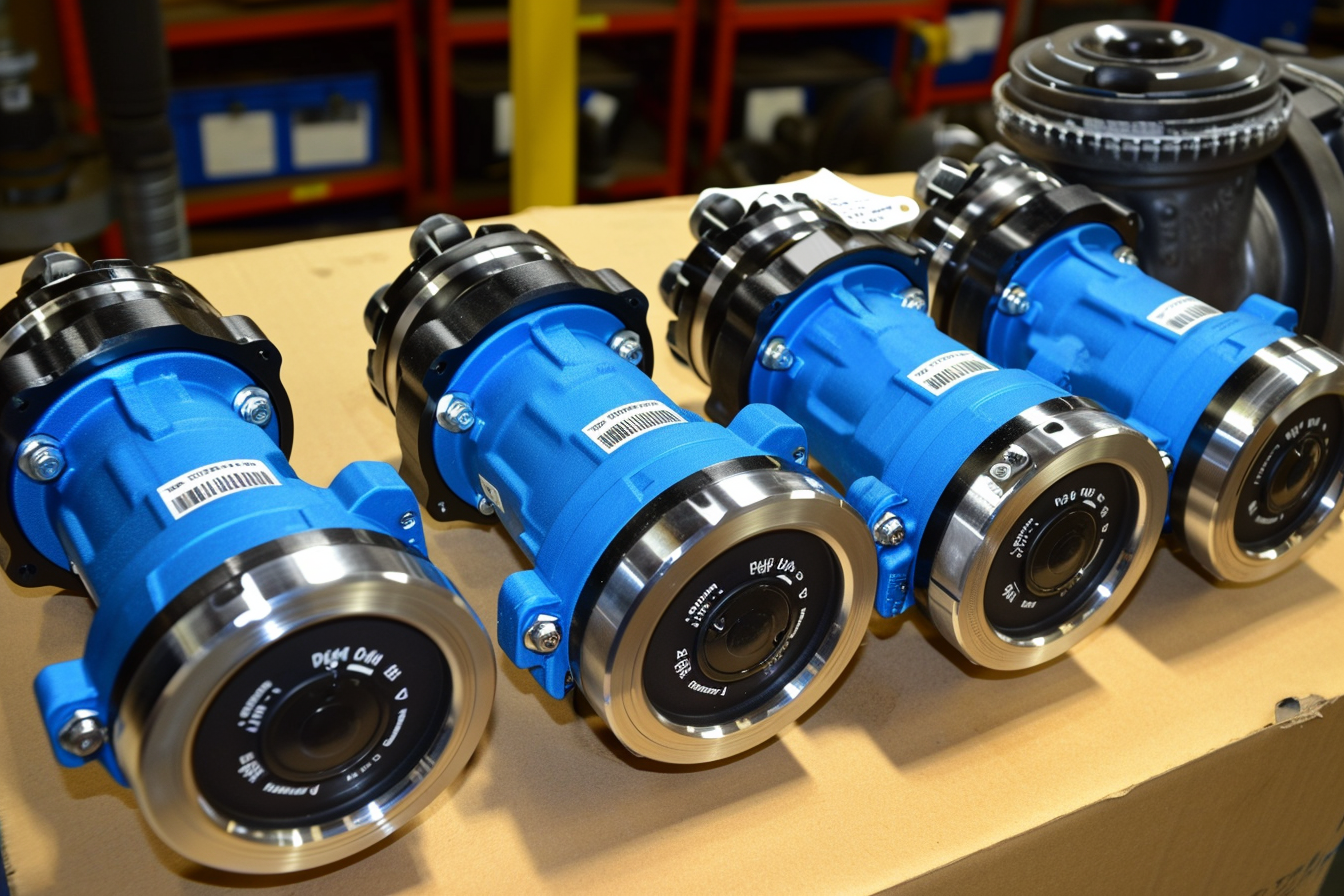
Choosing the Right Flow Meter for Low Flow Liquid Applications
Introduction
Precision is crucial to success in fluid dynamics—especially when measuring low liquid flow rates, where accuracy is paramount and every drop can significantly impact outcomes. For engineers and technicians selecting flow meters in these scenarios, the stakes are high. This exploration examines what truly matters when selecting instruments for low-flow liquid measurement, with a focus on practical technology considerations and industry realities.
Challenges of Low-Flow Liquid Measurements
Low flow rates bring distinctive technical challenges. The small volumes involved mean that sensitivity and repeatability become increasingly important. Many conventional flow meter designs struggle with accuracy when the energy in the liquid is too low to drive their mechanisms properly. This issue is common in industries such as pharmaceuticals, biotechnology, and analytical labs, where even minor measurement errors can undermine processes or compliance. Factors like signal noise, vibration, and gear slippage all threaten the consistency of readings at such small scales.
Choosing the Right Flow Meter
Selecting the right instrument for low flows means weighing a range of technology options, each with particular strengths. Accuracy, repeatability, and the capacity to measure reliably at minimal flow rates all need careful assessment. Electronic meters, such as Coriolis and ultrasonic types, are known for their ability to deliver precise and repeatable measurements at low flows; however, cost and specific application requirements may limit their use. Mechanical solutions, meanwhile, may struggle with resolution unless they are explicitly configured for low flow, and user maintenance increases with the presence of moving parts.
Positive Displacement Flow Meters: A Precision Ally
Positive displacement (PD) flow meters excel in measuring low-flow liquids. These devices directly measure the volume of fluid by trapping and releasing discrete amounts, giving highly linear and repeatable readings—often with ±0.1% accuracy at lower rates. PD meters aren’t generally affected by fluid viscosity or density, and they perform reliably even with a wide variety of liquids. Their proven mechanical designs, including gear, oval gear, and piston configurations, are well-suited for delicate dosing applications and industries that require meticulous volume tracking.
The Right Choice for Low Flow Liquid Precision
Among the available options for low-flow liquid measurement, PD meters stand out for their robustness, sensitivity, and reliability. With choices in configuration and size, they can be tailored to specific tasks in challenging sectors, such as pharmaceutical batching and precision chemical dosing. Selecting the proper meter—considering not just raw accuracy, but long-term stability, service requirements, and installation realities—can define success in applications where every measurement counts.
Conclusion
As the demand for accuracy intensifies in modern industries, the selection of flow meters in low-flow liquid applications has strategic importance. The difference between precise measurement and error can mean wasted resources, failed processes, or regulatory non-compliance. Ultimately, the path to achieving low-flow accuracy calls for a clear look at technology, practical installation needs, and the realities of fluid behaviour—so that every drop is measured with confidence.

Microflows Unveiled: Navigating the Challenges of Measuring Low Flow Rates in Liquid Systems
Introduction
In process engineering, precision is never optional — it’s a fundamental requirement. In some applications, every drop of liquid plays a crucial role in the overall performance of the system. For engineers working with microflows, the challenge is to measure the smallest liquid streams with both accuracy and efficiency. Among the many available technologies, the rotary piston positive displacement flowmeter stands out as a benchmark for reliability in low‑flow measurement.
The Challenge of Microflows
Measuring low flow rates calls for a careful balance of material properties, mechanical design, and precision engineering. Conventional flow meters often struggle at these scales because the volumes involved are so small that minor variations in surface finish, clearances, or fluid density can distort readings. The problem is most acute in sectors such as oil and gas, pharmaceuticals, chemical processing, and precision manufacturing, where even minor measurement deviations can have costly or unsafe consequences.
Enter the Rotary Piston Positive Displacement
The rotary piston positive displacement flowmeter addresses these challenges directly. Its operating principle — a rotating piston within a precisely machined chamber — allows it to register and quantify even the smallest volume passing through, with a high level of repeatability. This makes it a dependable choice for applications where accountability for every drop is essential. The robustness of its mechanical design ensures reliable operation across a wide range of liquids and operating conditions.
Cost‑Efficiency for Manufacturers
While accuracy is its hallmark, the rotary piston meter also delivers clear economic advantages. By providing highly dependable low‑flow measurement, it reduces material waste, improves process control, and helps manufacturers make more efficient use of resources. Over time, this precision translates into lower operating costs and supports more sustainable, optimised production practices.
Conclusion
For handling microflows, the rotary piston positive displacement flowmeter remains a trusted solution for process engineers. Its combination of metrological precision, mechanical reliability, and process efficiency makes it invaluable in industries where accuracy drives both quality and cost control. The real question is: will your flow meter choice capture every drop your process depends on?
Have any questions? We are always open to talk about your business, new projects, creative opportunities and how we can help you.
